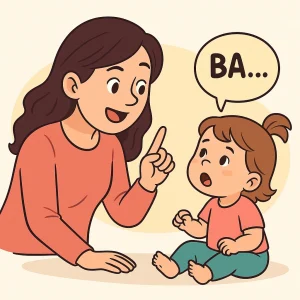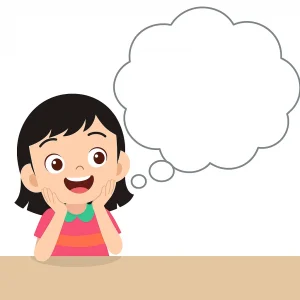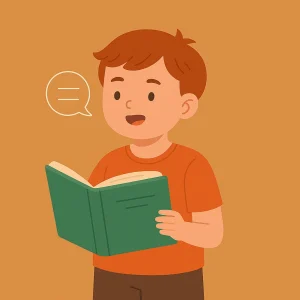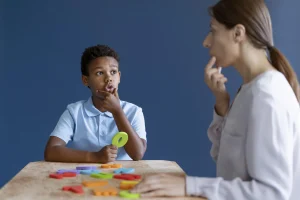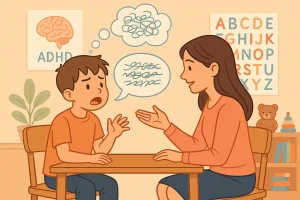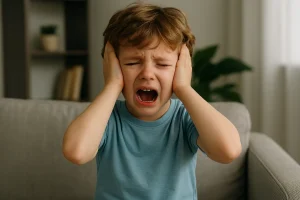Fun Phonics: Boost Kids’ Articulation Skills with Puppets and Toys
By Rajini D
Last Updated: January 2, 2025
Welcome to the fun-filled world of early childhood education! Mastering phonics and articulation is crucial for young learners, and what better way to enhance these skills than through engaging toys and playful puppets? These tools make learning not only effective but also incredibly enjoyable. Dive into how puppets and toys transform speech practice into an exciting adventure, ensuring your child’s educational journey is both delightful and fruitful. Let’s explore these creative methods together!
The Role of Puppets in Enhancing Phonics Skills
Puppets aren’t just enchanting playmates; they’re also powerful tools in teaching phonics and articulation. Their charm lies in their ability to transform learning into a lively, interactive experience.
Benefits of Using Puppets for Speech Therapy
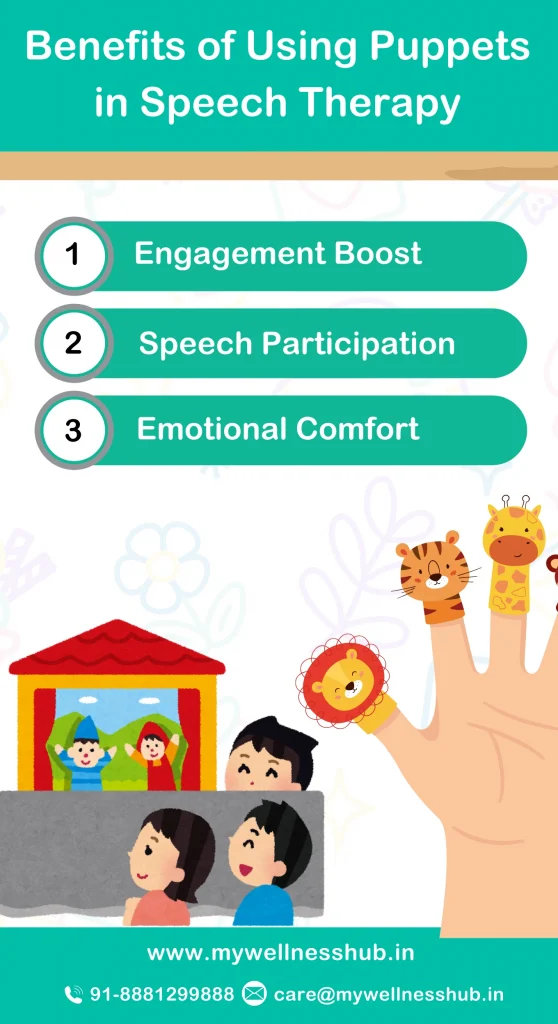
Why do therapists and educators love using puppets in speech therapy? For starters, puppets have a unique way of capturing a child’s attention. A puppet can turn a routine practice into a dynamic conversation that feels more like play than learning. This playful interaction is key in encouraging children to participate more actively, helping them overcome shyness or reluctance to speak.
Examples of Puppet Exercises for Articulation:
- Sound Imitation: Have the puppet say a sound or word and ask the child to mimic it. This can be a fun way to practice tricky phonetics.
- Role Play: Use the puppet to enact daily scenarios that incorporate target sounds or words, prompting the child to respond in kind.
- Storytelling: Create stories that emphasize specific sounds, asking the child to help the puppet tell the tale. This method not only practices articulation but also enhances narrative skills.
Choosing the Right Puppets for Phonics Practice
Selecting the right puppet is crucial for maximizing engagement and educational value. Here’s how to pick the perfect puppet companion for your phonics practice:
Tips on Selecting Puppets:
- Age Appropriateness: Choose puppets that are suitable for the child’s age. Younger children might enjoy simple, colorful characters, while older children might prefer more complex figures.
- Safety: Ensure the puppet is safe for use—no small parts or materials that could cause allergies.
Types of Puppets and Their Uses:
- Hand Puppets: Great for animated conversations and can be easily manipulated to mimic talking.
- Glove Puppets: These allow for multiple characters, which can engage in conversations with each other, enriching dialogue practice.
- Marionettes: These can perform more complex and subtle movements, making them ideal for advanced phonetic exercises and storytelling.
Educational Toys That Promote Sound Articulation
Articulation is a fundamental skill for early language development, and the right toys can make a huge difference in how children master speech sounds. Let’s explore some top toys that are not just fun but also specifically designed to enhance phonetic skills.
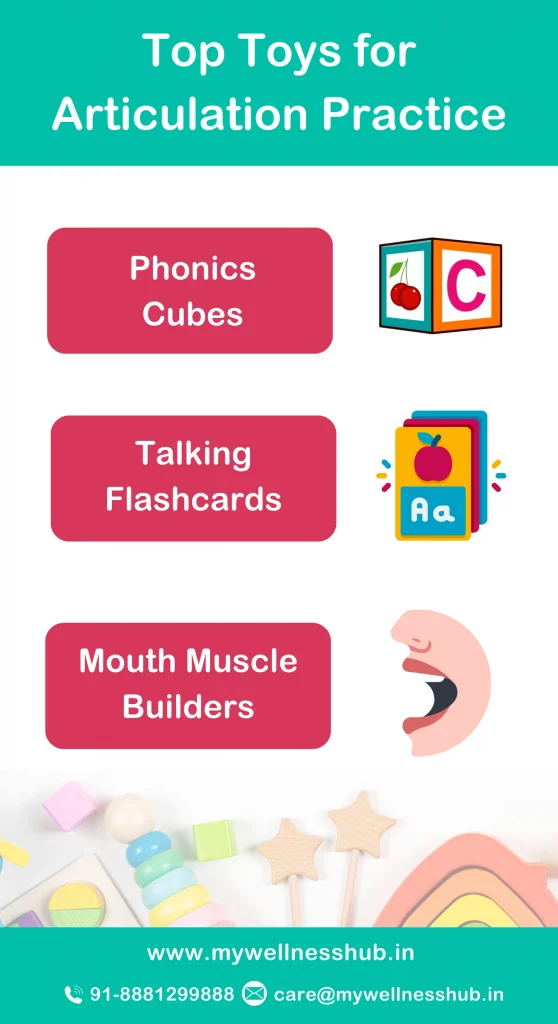
Top Toys for Articulation Practice
When it comes to developing clear speech, certain toys are designed to do more than entertain; they serve as essential tools for articulation practice. Here are a few favorites:
- Phonics Cubes: These are blocks that can be combined to form words, focusing on different sounds. As children arrange these cubes, they’re not only seeing the letters but also practicing the sounds, which helps with phonetic accuracy.
- Talking Flashcards: These interactive cards say the word aloud when touched, allowing children to hear the correct pronunciation of complex sounds clearly. This auditory feedback is crucial for correcting misarticulations.
- Mouth Muscle Builders: Toys like chewable tubes and whistles strengthen the oral muscles, which are essential for producing certain sounds that children often struggle with, such as ‘r’ and ‘l’.
- Sing-Along Music Players: Music is a wonderful tool for articulation. Sing-along players that emphasize repetitive sounds help children practice tricky syllables in a joyful and musical way.
Each of these toys targets specific aspects of speech development, from muscle strengthening to auditory discrimination, making them invaluable in a child’s articulation journey.
Read More: 6 Simple Steps to Clear Speech for Better Connections
DIY Phonics Toys and Games
Not all effective toys need to come from a store. You can also create engaging phonics toys at home with simple materials. Here’s how to get started:
- Bottle Cap Letters: Collect plastic caps, label them with letters, and have kids arrange them to form words. This helps with sound recognition and is a hands-on way to practice phonics.
- Homemade Sound Boxes: Fill different containers with items that make unique sounds. Children shake the boxes and guess the phonetic sound or the object inside, which encourages careful listening and sound differentiation.
- Paper Slide Phonics: Create simple sliders with paper, where pulling a tab reveals a letter or picture. This game can help children understand how changing one letter changes the sound and meaning of a word.
Integrating Puppets and Toys into Routine Speech Therapy
Speech therapy doesn’t have to be a chore. By incorporating puppets and toys, sessions can become a fun and interactive part of a child’s day. These tools not only make learning more enjoyable but also enrich the therapy process by bringing a playful element to skill development.
Interactive Activities Using Puppets and Toys
Step-by-Step Guide on Conducting a Puppet Show That Teaches Phonics:
- Choose Your Puppets: Select puppets that are colorful and engaging to capture the child’s attention.
- Prepare the Script: Write a simple script that includes key phonics sounds you want to practice. Ensure the puppet emphasizes these sounds distinctly.
- Set the Stage: Create a small stage area where the puppet show can be performed. This could be as simple as a table with a cloth draped over it.
- Perform the Show: Have the puppet speak slowly and clearly. Involve the child by asking them to repeat sounds or words after the puppet.
- Interactive Dialogue: Encourage the child to interact with the puppet, asking questions or responding to the puppet’s prompts, which should be focused on articulation practice.
Examples of Daily Activities That Incorporate Toys for Learning Sounds:
- Sound Matching Games: Use toys that feature different sounds or words. Encourage the child to match toys to corresponding images or words on a board.
- Toy Talk Time: Dedicate a time during the day where the child communicates only through a toy. This could involve the child speaking on behalf of the toy, practicing articulation in a fun, low-pressure setting.
Read More: Fun and Effective DIY Articulation Games with Household Items
Measuring Progress with Fun Assessments
How to Track Improvement in Kids’ Articulation Using Toys and Puppets:
Tracking progress in speech therapy should be encouraging and positive, making use of the child’s favorite toys and puppets to measure improvements:
- Progressive Play Logs: Keep a log of the sounds or words the child struggles with and note improvements as they use toys or puppets to practice these sounds.
- Record and Review: Occasionally record sessions and review them with the child, pointing out successes and areas for further practice. Use puppets to provide feedback, making the process less intimidating and more engaging.
Fun, Non-Stressful Methods for Evaluating Speech Progress:
- Puppet Performance Reviews: Have the child perform a small show using the puppet to demonstrate what they have learned. This provides a non-stressful environment for assessment.
- Toy-Based Testing: Incorporate familiar toys into assessments by having the child demonstrate their articulation skills through guided play activities. This reduces the pressure typically associated with tests.
Conclusion
Integrating puppets and toys into learning makes phonics and articulation practice exciting and effective. These fun tools help keep children engaged, boosting their confidence and enhancing speech skills in a playful way. Why not bring this creative approach to your sessions and see the joy it brings to learning?
Visit Wellness Hub for more great resources and tips on using educational toys and puppets. Let’s make every learning session a fun adventure for kids, and watch as they thrive in an environment filled with joy and creativity! Join us in transforming education into a delightful experience.
Frequently Asked Questions:
1. What are the benefits of using puppets for speech therapy with children?
Puppets serve as an engaging tool that can capture a child’s interest and make the interaction more dynamic. They are particularly effective in speech therapy as they can model conversations, encourage shy children to speak, and make repetitive practice more entertaining.
2. Can toys really improve my child’s articulation skills?
Yes, toys specifically designed for speech development can significantly enhance a child’s articulation skills. For example, toys that require verbal interaction or those that produce sounds can help children learn how to form their mouths and tongues to create correct sounds.
3. What types of puppets are best for teaching phonics?
Hand puppets, glove puppets, and finger puppets are all excellent for phonics lessons because they can mimic human speech and interact directly with children. Choose puppets that are visually appealing to children and relevant to the phonics concepts being taught.
4. How do I use toys to teach my child new sounds?
Use toys that involve sounds or verbal commands. For instance, electronic toys that pronounce letters or words can reinforce how sounds are made. Encourage your child to repeat the sounds after the toy, focusing on the correct articulation each time.
5. Are there DIY puppet ideas for phonics practice at home?
Yes, you can create simple puppets from socks, old mittens, or paper bags. Decorate them with features like eyes, noses, and mouths, and use them to engage your child in storytelling that emphasizes different sounds or phonetic patterns.
6. What age is appropriate to start using puppets and toys for speech development?
Children as young as 18 months can benefit from using puppets and toys for speech development. It’s a fun way to introduce sound and word formation early on, setting the stage for more complex speech therapy as they grow.
7. How often should I use puppets and toys in speech therapy sessions?
Incorporating puppets and toys at least two to three times a week during dedicated speech practice can be very effective. Regular, short sessions are more beneficial than less frequent, longer sessions.
8. Can using puppets and toys help shy children with articulation?
Absolutely! Puppets provide a non-threatening way for shy children to express themselves. Speaking through a puppet can feel less intimidating, allowing children to practice articulation without the pressure of direct conversation.
9. What are some fun games involving puppets for speech therapy?
Puppet role-play games, where each puppet plays a character in a story, can be particularly fun. You can also have “puppet interviews,” where the child asks the puppet questions and vice versa, focusing on using specific sounds or words correctly.
10. Where can I find resources for more puppet and toy-based speech therapy activities?
For a variety of engaging puppet and toy-based activities designed to enhance speech and phonics skills, visit Wellness Hub. The site offers resources, tips, and guides that can help you effectively use these tools in your child’s developmental journey.
About the Author:
Rajini Darugupally
M.Sc., Speech-Language Pathologist (9+ years of experience)
Rajini is a passionate and dedicated Speech-Language Pathologist with over 9+ years of experience, specializing in both developmental speech and language disorders in children and rehabilitation in adults. Currently, at Wellness Hub, she thrives in a team environment that values innovation, compassion, and achieving results for their clients.
Book your Free Consultation Today
Parent/Caregiver Info:
Client’s Details:
* Error Message
